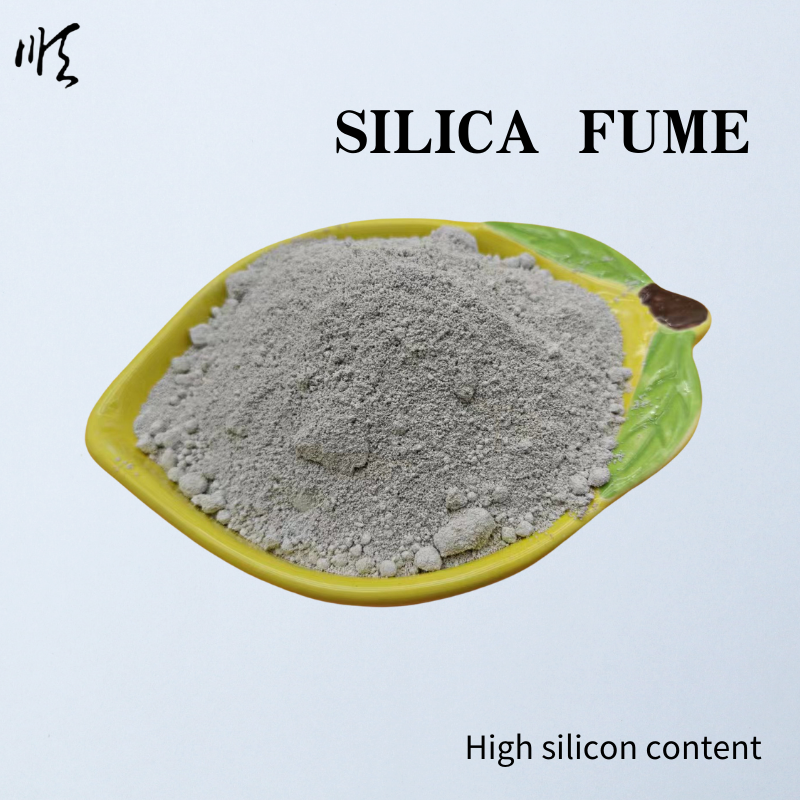
calcium carbonate price
The Price of Calcium Carbonate Trends and Factors Influencing the Market
Calcium carbonate, a versatile and widely used chemical compound, plays a pivotal role in various industries, including construction, paper, plastics, and pharmaceuticals. As a key ingredient in many applications, its market price is influenced by numerous factors, including raw material availability, production costs, and global demand. Understanding the dynamics of calcium carbonate pricing can provide insights into broader economic trends and industrial developments.
Market Overview
Calcium carbonate, with the chemical formula CaCO₃, occurs naturally in limestone, marble, and chalk. It is primarily sourced from quarries, where it is mined and processed. The compound is classified into two main forms ground calcium carbonate (GCC) and precipitated calcium carbonate (PCC). GCC is produced by grinding and processing limestone, while PCC is synthesized through chemical processes, making it purer and often more expensive.
In recent years, the price of calcium carbonate has demonstrated considerable fluctuations. Several market factors contribute to these price changes, ranging from geological supply issues to variations in production technology and global economic conditions.
Key Factors Influencing Calcium Carbonate Prices
1. Raw Material Availability The availability of limestone and other raw materials significantly impacts the production costs of calcium carbonate. Regions rich in limestone resources typically have more stable and lower prices. However, environmental regulations, mining restrictions, and the depletion of easily accessible reserves can lead to increased costs.
2. Production Costs Energy prices, labor costs, and technological advancements in the production process also play crucial roles in determining calcium carbonate prices. For instance, if energy costs rise significantly due to fluctuations in oil prices, manufacturers may pass these costs onto consumers. Conversely, advancements in technology that enhance production efficiency could lower costs and stabilize prices.
calcium carbonate price

3. Global Demand The demand for calcium carbonate is closely tied to the overall health of several industries. In construction, for instance, calcium carbonate is used as a filler in cement and asphalt. As infrastructure projects rise globally, so does the demand for calcium carbonate. Similarly, the paper and plastics industries have consistent needs for this compound, making global economic trends a significant factor in price determination.
4. Trade Policies and Regulations Import and export policies can also influence market prices. Trade tariffs on calcium carbonate or its derivatives can lead to significant price changes, particularly in regions that rely heavily on imports. Additionally, regulations regarding environmental impacts from mining and manufacturing processes are becoming increasingly stringent, potentially raising costs.
5. Market Competition The level of competition within the calcium carbonate market affects pricing strategies. With many producers competing for market share, price wars may ensue, leading to lower prices. Conversely, if the market is dominated by a few key players, prices may remain high due to reduced competition.
Future Trends
Looking ahead, the price of calcium carbonate is likely to be influenced by the ongoing push for sustainability and environmentally friendly practices. As industries strive to reduce their carbon footprint, there is a growing emphasis on utilizing eco-friendly production methods. This trend may necessitate investments in new technologies that could initially increase production costs but lead to long-term price stabilization.
Moreover, as global industrial activity continues to grow, particularly in emerging markets, the demand for calcium carbonate is expected to rise. This could put upward pressure on prices unless supply can keep pace with this demand.
Conclusion
The pricing of calcium carbonate is a complex interplay of various factors ranging from raw material availability to global economic conditions. As industries evolve and the world moves towards more sustainable practices, monitoring these trends will be crucial for stakeholders across the supply chain. Understanding the nuances of calcium carbonate pricing not only provides insight into an essential industry but also reflects broader economic realities that impact us all.
Share
-
Premium Resin Coated Sand - High Heat Resistance CastingNewsJul.31,2025
-
High Quality Silicon Carbide Grit for Abrasive ApplicationsNewsJul.30,2025
-
High-Quality Ceramsite for Plants & Gardening | Lightweight PebblesNewsJul.29,2025
-
Premium Burgundy Glass Marbles for Vases & Shooter GamesNewsJul.29,2025
-
High Purity Quartz Sand for Industrial and Ground ApplicationsNewsJul.29,2025
-
High-Quality Barite Powder for Drilling & Industrial UseNewsJul.29,2025






